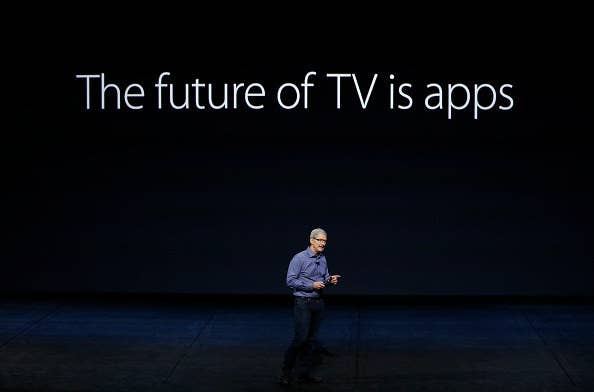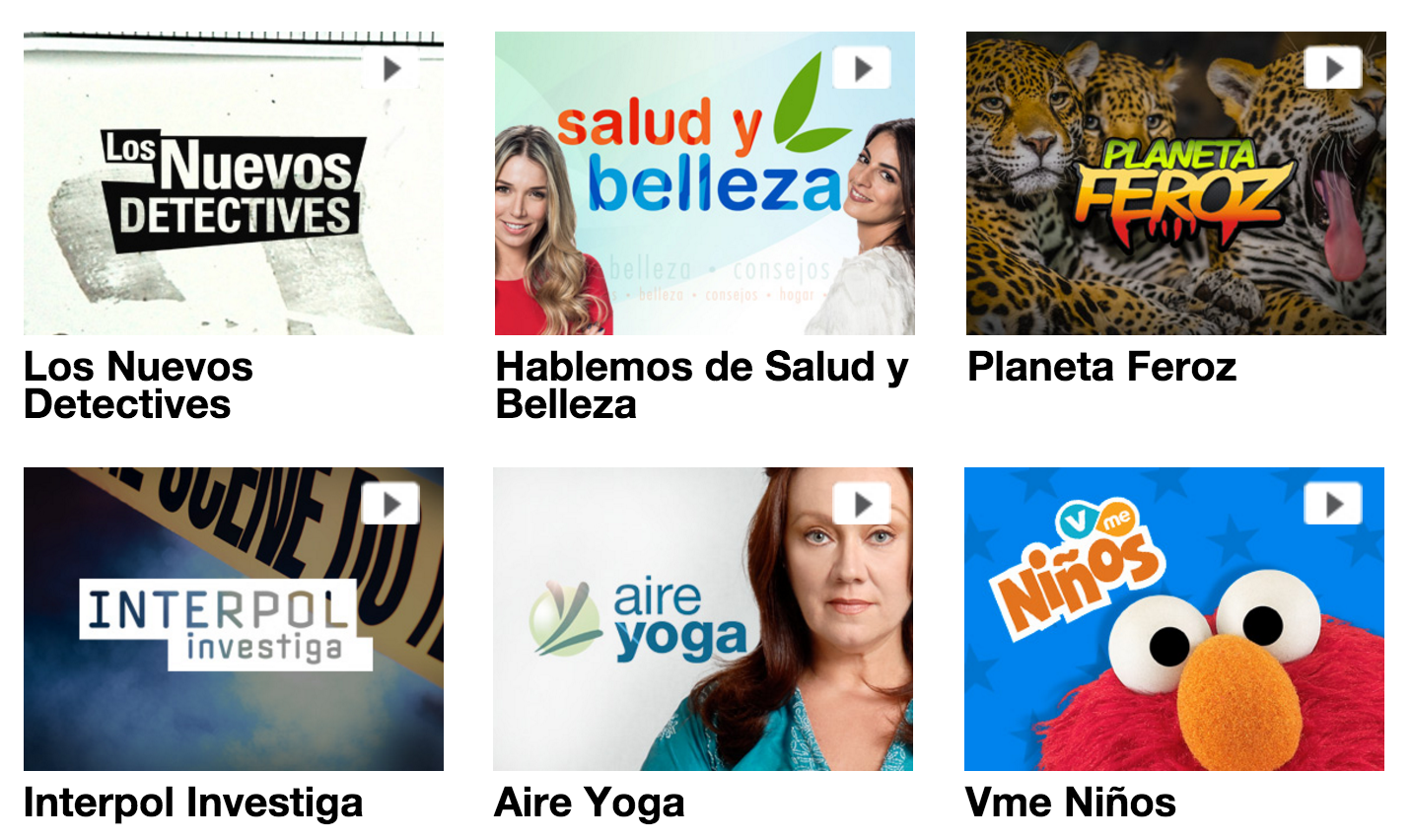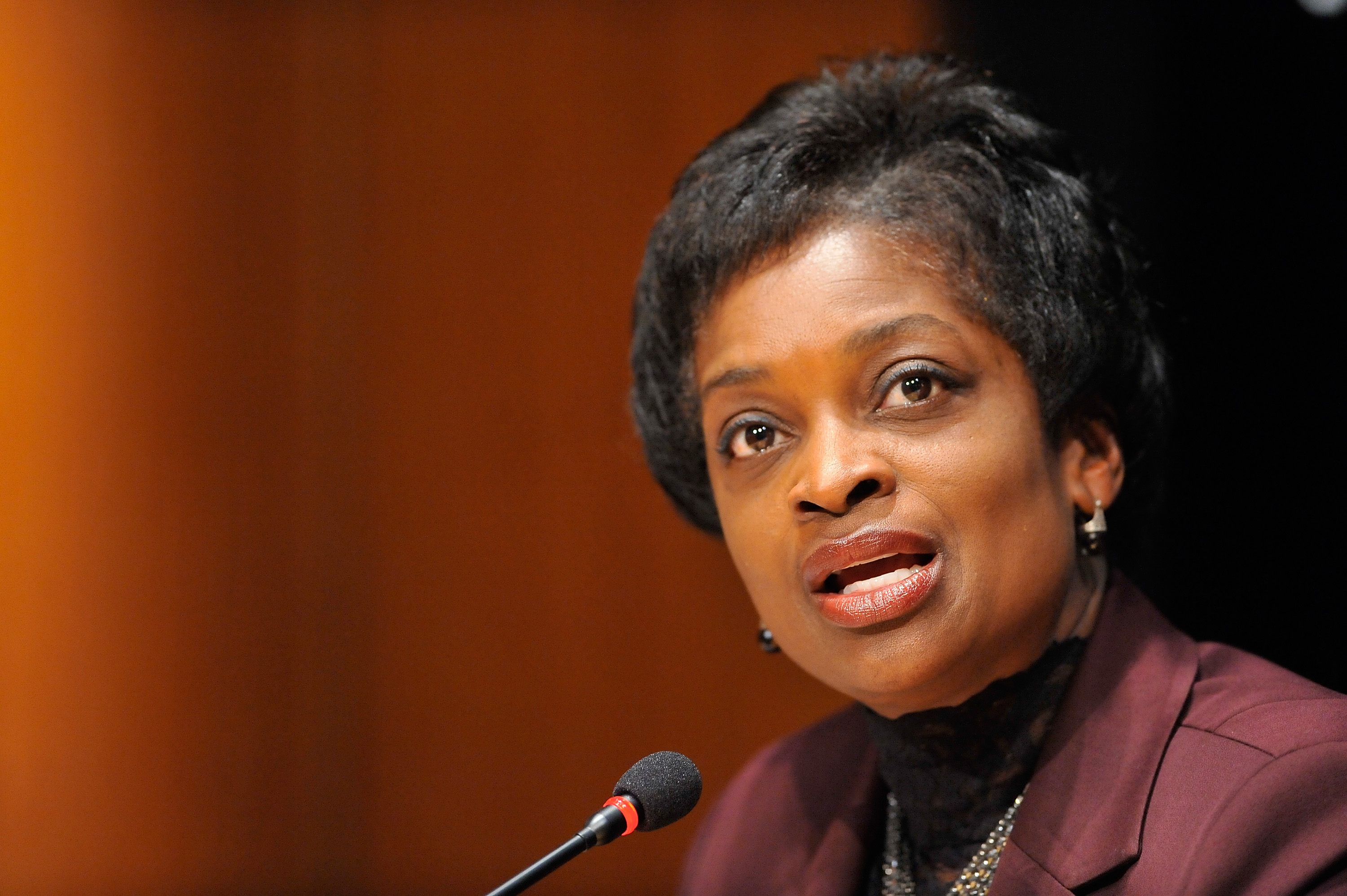
Later this week the Federal Communications Commission will unveil a proposal to overhaul the market for cable boxes. The chair of the FCC, Tom Wheeler, believes that set-top boxes offered by companies such as Comcast and Time Warner are needlessly expensive, resistant to innovation, and ultimately incompatible with the teeming world of content that is internet streaming. Wheeler’s plan, as he sees it, would blow this market wide open. But a host of minority groups fear it might also undermine their standing in a market in which they’ve fought so hard for traction.
Where Wheeler sees the dawning of a consumer revolution, in which hideous TV menus give way to seamless app experiences, the cable industry sees big money escaping its grasp, and the wrongheaded interference of government regulators. But some black and Latino-led production companies also oppose the FCC’s plan, complicating a familiar storyline pitting old media incumbents against California’s “disruptors.”
These groups argue that a more open arrangement -- where, for instance, Amazon can repackage Comcast’s offerings and then display them any way it wants -- could undermine carefully negotiated contracts dictating when shows come on, on which channels, and what ads appear next to them.
Alfred Liggins, the CEO of TV One, a television network that serves black viewers, described the FCC proposal as a sweetheart deal for Silicon Valley. His criticism reflects a growing chorus aligned against the change, which includes the National Black Caucus of State Legislators and the Minority Business Roundtable.
Liggins said Wheeler's plan could allow tech companies to “lift the programming rights and distribution deals negotiated by others, disregard and upend many of their central terms, and repackage them so they can make a profit selling the underlying television content to consumers.”
"The tech industry has had an awful record of diverse practices. We’ve got no belief that in this new world where we are able to unbundle our content that their track record would be any different."
In a call with reporters Tuesday, Liggins praised the cable industry’s efforts to promote diverse programming while he strongly criticized Silicon Valley’s record of inclusion. “The tech industry has had an awful record of diverse practices," he said. “We’ve got no belief that in this new world where we are able to unbundle our content that their track record would be any different.”
When asked by a BuzzFeed News reporter to address the alliance between minority producers and the cable industry, despite the underrepresentation of people of color in American media, Liggins said, “At least we are included in the cable-satellite ecosystem. There’s nobody of any colors anywhere in the tech system. Anywhere. At the end of the day, if you put the record of progress of the cable and satellite and telco industry up against the record of Silicon Valley, it’s laughable. It’s night and day. It’s not even a discussion.”
Earlier this month, 14 Latino organizations joined a cable industry coalition opposed to the set-top box plan. The groups urged the FCC to abandon the proposal, fearing that tech companies would rearrange how programs are broadcast and sell their own ads to consumers, further devaluing minority-led shows and movies. They also raised concerns that if developers were free to display channels as they see fit, Latino programming would be cut, or buried deep in search results and lineups. The groups described this scenario as a new kind of digital “redlining.”
“If Google wants to include our programming in their products and services, we’d be excited to sit down and negotiate a licensing deal with them,” said Victor Cerda, the senior vice president of Vme TV, a Spanish-language network available to 70 million American households. “But instead they’re asking the FCC to give them access to our programming for free, along with permission to ignore the terms in our licensing contracts that protect our channel placement and visibility.”

Even as minority-led media groups welcome a more open, app-style setup, where independent producers can break through, they believe that the FCC plan would come at the expense of established black and Latino voices. Getting diverse programming on the air was such a struggle in the past, experts say, that any potential ceding of power will be hard fought.
Stakeholders on both sides point to Apple’s vision: “the future of TV is apps.” In an interview with BuzzFeed News last year, the company’s media boss, Eddy Cue, framed app store–style TV as a way to democratize access. “One of the things I love about what we do is that it doesn’t matter if you’re small or large, local or global, the platform works for you,” he said. “Think about this stuff just the way you think about apps. Some are built by big companies, some are built by individuals. And many of them are all there on the front page of iTunes. They’ve emerged from an equal playing field.”
For the FCC and its supporters, the cable box is an obstacle to that future. For opponents, that vision is already materializing; regulators just need to let the market work.
“Why have a number of minority organizations come out against this? I don’t know.”
Google, which is part of a coalition of tech companies and consumer advocacy groups backing the FCC proposal, declined to comment. But the company referred BuzzFeed News to Incompas, a trade association that is also a member of the group supporting the plan. “This is an issue of consumer freedom versus cable control,” said Chip Pickering, Incompas’s CEO.
The FCC insists that the market for cable boxes is stagnant. And by allowing new businesses to tinker with menu screens, remotes, and novel ways to integrate internet streaming with cable TV, minority-led media can better reach their audiences and find new ones.
If you want cable TV, you’d still pay a subscription, but in this new regime, you’d be able to watch via a wider selection of set-top boxes and apps, with a market opened to tech giants all the way down to upstart software developers. The plan also aims to encourage the blending of internet streaming services with the traditional cable bundle — something that has largely eluded consumers, requiring multiple devices and subscriptions.
Against the claim that opening up the set-top box market would siphon and dilute the revenue of black and Latino media, an FCC spokesperson told BuzzFeed News “the proposal will have no impact on distribution or programming deals.” For the FCC, the licensing agreements between creators and distributors would remain the same; it’s the consumer experience that would change — and for the better.

Mignon Clyburn, one of the five FCC commissioners who will soon decide if the proposal advances, told BuzzFeed News she is committed to exploring ways to bolster consumer choice and diversity. “Will further action when it comes to this proceeding help diverse and independent programmers obtain greater access directly to consumers?” she said. “This is the record I am most interested in developing and it is a conversation worth having.”
Other leaders in media are puzzled by the vocal opposition to the plan. “Why have a number of minority organizations come out against this? I don’t know,” Eric Easter, a producer with the National Black Programming Consortium, told BuzzFeed News. “These are the same organizations that battled cable to get minority channels on TV. These are the same people who are battling Hollywood right now over #OscarsSoWhite.”
Easter believes the concerns over lost revenue and minority programming being shoved to the bottom of the pile are unfounded. He said many minority-led production companies are already shut out of cable lineups, but by expanding the cable box market, these companies may earn greater exposure. The FCC proposal would also give internet-only programs a chance to rise to a bigger stage, he said, better serving black audiences. “Where can you find a design show featuring somebody black as the host, where can you find a cooking show with a black host — more than one?”
Easter’s support of the FCC proposal echoes that of Robert Johnson, the founder of Black Entertainment Television (BET), the country’s first black-owned cable channel. Last month, he described the cable box overhaul as a chance to give minority producers and writers a voice in the digital age.
On Tuesday, Rep. Anna Eshoo, the ranking member of the House Communications and Technology Subcommittee, sent a letter of support to the FCC. Eshoo was joined by 13 of her Democratic colleagues on Capitol Hill, including several members of the Congressional Black and Hispanics Caucuses. “We also understand that some have suggested that Commission action would threaten diverse programming and harm minority voices. We believe competitive alternatives to the rented set-top box will in fact enhance opportunities for independent programmers,” the lawmakers wrote.
But despite new economic pathways that a transformed market might bring, the cable industry coalition has taken a much dimmer view of the proposal. The Future of TV, which represents over 60 providers, trade associations, and nonprofits, sees a vibrant TV market that’s already bustling with competition. A spokesperson for the group told BuzzFeed News that any government meddling would threaten the success of existing minority-led programming and the thriving market for pay-TV.
Industry leaders also question the FCC’s targeting of set-top boxes, a technology that many already see as on its way out. It's an odd move, they believe, to create regulations on a relic actively being phased out and transformed.
From the FCC’s perspective, much of this discussion comes down to what serves consumers best. Virtually every pay-TV and satellite subscriber currently rents a set-top box from their provider. And according to the commission, the cost of cable boxes to consumers has risen 185% over the past 20 years: Consumers pay an average of $231 per year to rent them. As the gateways to TV and the web evolve and recombine, the commission is asking if these boxes are adapting to consumer needs, to diverse audiences clamoring for content that speaks to them.
The FCC will consider the set-top box proposal at its next meeting on Thursday. If it’s approved, it will enter a public commenting period, and based on feedback, may proceed to a final vote later this year.
